8



8B Vermillion Plain Talk
Heritage 2016, www.plaintalk.net
St. Agnes Church Has Played A
Vital Role In History Of Vermillion
DAVID LIAS/FOR THE PLAIN TALK
Editor’s note: This information is taken from a thesis titled
“The First Catholic Church in
Dakota,” written in 1975 by
Douglas James Rasmussen.
Although Father Wolf left
Vermillion in 1965 for semiretirement at St. Joseph's
Church in Emmet, his spirit
lingered with the community
in several forms. On the seven
and one-half acre cornfield,
which the parish purchased
under his guidance in 1960,
stood a beautiful new school
with a four hundred seat auditorium named in his honor.
The residential area that
grew up around the tract was
known as the St. Agnes Addition. A year after he left, his
family and friends started the
Father Hugh K. Wolf Newman
Scholarship award, and upon
his death it became a memorial scholarship for university
students. There were living
testaments to his presence
everywhere.
Rev. Leonard F. Stanton
replaced Father Wolf. He was
born in Lynn, Massachusetts
on July 17, 1916, the son of
Patrick Stanton and Veronica
Cronan Stanton. He recelved a
B.A. degree with honors from
Boston College in l938 and
entered St. John's Seminary in
Brighton, Massachusetts. On
Jan. 6, 1943, Cardinal Richard
Gushing, Archbishop of
Boston, ordained him. His first
duties included assisting at St.
Bridget's Church in Abington,
Massachusetts, and later St.
Joseph's in Malden. He came
to the Diocese of Sioux Falls
on May 20, 1946, as part of
Cardinal Gushing's "lendlease" program, and assumed
a position as assistant pastor
at St. Therese Church in Sioux
Falls.
He left in 1948 to become
administrator at St. Mary's
Parish in Bryant, with missions at Vienna and Willow
Lake. He remained there one
year, and in 1949 became the
pastor of St. John the Baptist
Church at Lesterville. His
duties there also included
attending the needs of the
mission at Sigel. He stayed
there for 10 years, until transferred to St. Bernard Parish in
Redfield. He served at Redfield
from 1959 to 1965, when he
moved to St. Mary's in Salem.
In October of 1965, he came to
Vermillion to replace the ailing
Father Wolf.
Father Stanton was a priest
with diverse interests, and a
great deal of experience. He
was particularly concerned
with youth. In fact, he served
Constructed of cherry red
pressed brick with cement
casings, and adorned
with large and small
stained glass windows,
the old St. Agnes Church
building was completed
in 1907. Today, it is known
as the Washington Street
Arts Center. in the spring
of 1974, the council
decided to sell St. Agnes
church.
The
church
had taken on a special
meaning for the people
of the parish, serving as a
symbol of their faith. The
congregation,
however,
had experienced a period
of growth, encompassing
approximately 420 families
in 1974, and the existing
church
became
too
small for major liturgical
functions. BELOW: The
current St. Agnes Church
location also houses the
location of Vermillion’s
Catholic
Elementary
School.
as Plymouth Deanery Director of the Catholic Youth
Organization when he was
a young assistant pastor in
Massachusetts. Since 1949, he
was Boy Scout chaplain for
the Diocese of Sioux Falls. He
was regional scout liaison for
the Providence of St. Paul, and
served as a national chairman
on the religious emblems committee. In addition, he helped
set the requirements for the
Boy Scout religious awards
program.
He attended college-age
youth as a Newman Center
chaplain, and engaged in
lectures, retreats, and conferences for college students.
He was one of the first 12
priests to be elected to the
Priest's Senate of the Diocese,
newly formed in 1966, and on
Jan. 1, 1968, he became vice
president of the Vermillion
Ministerial Association.
On Jan. 6, 1968, Father
Stanton observed his 25th
anniversary of ordination,
and an estimated 250 guests,
friends, relatives, and civic
leaders gathered in the Father
Wolf Auditorium to pay
tribute to him. Father Stanton
ministered to the parish until
Aug. 13, 1969, when he was
replaced by Father Jerome
Holtzman.
In 1969, the St. Agnes Parish Council, with the guidance
of Father Holtzman, began
Father Flood:
St. Agnes’ Shepherd
For Nearly 50 Years
Editor’s note: This information is
taken from a thesis titled “The First
Catholic Church in Dakota,” written in
1975 by Douglas James Rasmussen.
In 1902, Reverend Thomas L.
Flood arrived in Vermillion, and for
almost half a century he was the
shepherd to the flock at St. Agnes.
So profound was his influence that
his successors jocularly referred to
the three eras of the church as the
pre-alluvion, alluvion, and postalluvion.
Father Flood was born at Dayton
(Brooklwyn), Wisconsin, on Jan. 1,
1871, the son of James Flood and
to consider the feasibility of
consolidating the church and
school into a single complex,
as envisioned in the fourth
phase of the architect's plans
drawn for Father Wolf in
1959. in the spring of 1974,
the council decided to sell
St. Agnes church. The church
built by Father Flood in 1906
had, over the years, taken
on a special meaning for the
people of the parish, serving
as a symbol of their faith.
The congregation, however,
had experienced a period
of growth, encompassing
approximately 420 families
in 1974, and the existing
church became too small for
major liturgical functions.
The church was 68 years old,
and in need of major interior, exterior, and structural
renovation. Also, the church
and rectory were 18 blocks
from the school and parish
hall on the opposite side of
the city. Finally, sale of the
church, rectory, and adjacent
property to the north and
west enabled the parish to
eliminate a $68,000 debt. The
church real estate committee, under the leadership of
Ted Dolney, George Ballard,
and Duane Brunick, sold the
church to the Church of the
Nazarene for $24,000. Separate
parties purchased the lots to
the north for $8,000 and the
rectory for almost $30,000.
Bridget Murray Flood. In 1892, he entered St. Joseph's College, Dubuque,
Iowa, as a student in the classics department. He graduated in 1897 and
entered St. Paul Seminary. On June
1, 1901, he was ordained a priest by
Bishop Ireland, for the Diocese of
Sioux Falls. He served as assistant
pastor at Yankton for about three
months, then moved to Watertown
where he served from September
1901 to May 1902. On June 1, 1902,
he became the minister at Elk Point,
and then, on October 1, 1902, he
came to St. Agnes, the parish he
would attend for the next 48 years.
When Father Flood came to St.
Agnes, he was a young priest, full of
enthusiasm and energy for the tasks
which lay ahead. One of them was
the continuation of the fund drive
to make the construction of a new
church a reality. He dedicated his
first five years at St. Agnes to that
end.
After selling the church, the
parish held services in the
auditorium of the school, and
converted classrooms for use
as a parish office and chapel.
The decision to sell the
church before building a new
one was not accepted by all
members of the parish, and a
minor and ineffectual protest
resulted from the committee
action.
For over 150 years, St.
Agnes Parish has served
the Vermillion area through
the church in Fairview, the
church in Vermillion, and the
mission at Garryowen. It has
functioned as a vehicle for
Father Flood was an unusual
man. He was extremely intelligent,
and as a result, most parishioners
held him in awe. A solitary man, a
"loner," he took daily walks, always
along the same route, from the parsonage to the public library. It was
said that he had read every book
there, some more often than once.
He had an aristocratic bearing, a
Spartan look, as if he were a Bishop
of the Church of England strolling
across a moor. Each day he returned
home along the railroad tracks, meditating and saying his daily prayers.
Father Flood believed in tradition
and allowed no variations, either
in his daily walk or in his sermons.
Approximately the same time each
year he preached a sermon from one
of the Gospels, which he confessed
he did not understand completely,
but it was a tradition, and Father
Flood did not break traditions easily.
Each Sunday he said two masses,
socialization and recreation
through its scouting program,
the Knights of Columbus,
Sewing Circle, Altar Society,
Catholic Daughters, raffles,
bazaars, and bake sales. This
was particularly important in
the early years before the automobile made travel so easy.
It has provided the people
with a sense of community, for
both local residents and college students. This has manifested itself in many ways, and
there has been a great deal of
pride in the attempt to build a
better community. The church
has performed important legal
and quasi-legal functions as
and became annoyed if a church
wanted to receive communion at the
second mass, for it was his custom
to distribute Communion to the parish at the first mass, and, generally,
only visitors sought Communion at
the second.
Father Flood considered the
church a beautiful, personal religious experience, and he always
sought perfection. He did not allow
the altar boys to give their responses during mass, but rather preferred
to take their part as well as his own
so that inferior replies would not be
given. He was always shocked if a
new altar boy responded during the
mass.
He never owned an automobile.
Even as a young priest, the people
thought of him as being old. He
refused to have assistants, and the
Diocese never interfered with him
very much, perhaps because he was
competent and always met their
well as spiritual ones through
marriage, baptism, and the
other sacraments. It has
offered a Catholic, Christian
alternative to public education and in the early years provided educational services not
always available elsewhere.
Through the humanitarian
activities of the church members, sisters and clergy, it has
helped the community at large
by caring for the sick, the
poor, and others in spiritual or
material need. Most importantly, through liturgy and the
sacrements, the church has
fulfilled the spiritual needs of
the people.
financial needs.
When he died, he left all of his
property and personal monies, a
substantial amount, to the parish.
Shortly after the turn of the
century, during the era of Theodore
Roosevelt, the nation was aggressive, dynamic, and self-confident.
During this period, the church,
under Father Flood, was also vital
and expansionistic.
Father Flood dedicated most of
his life to the people of his parish.
When he died, on Jan. 10, 1950, at
St. Bernard's Hospital in Council
Bluffs, Iowa, after a six month illness, it was a day of great sadness
for the people of St. Agnes Parish.
A pillar in the foundation of their
spiritual lives had been removed. It
was only proper that he was buried
in Vermillion among the people he
loved and served so faithfully for so
many years.
Worship.
Remember.
Celebrate.
Connect.
Photo courtesy of
Christian Begeman, Prairie Sanctuaries
Rural Vermillion, SD
dalesburglutheran.org
Every Sunday
9:15 a.m.
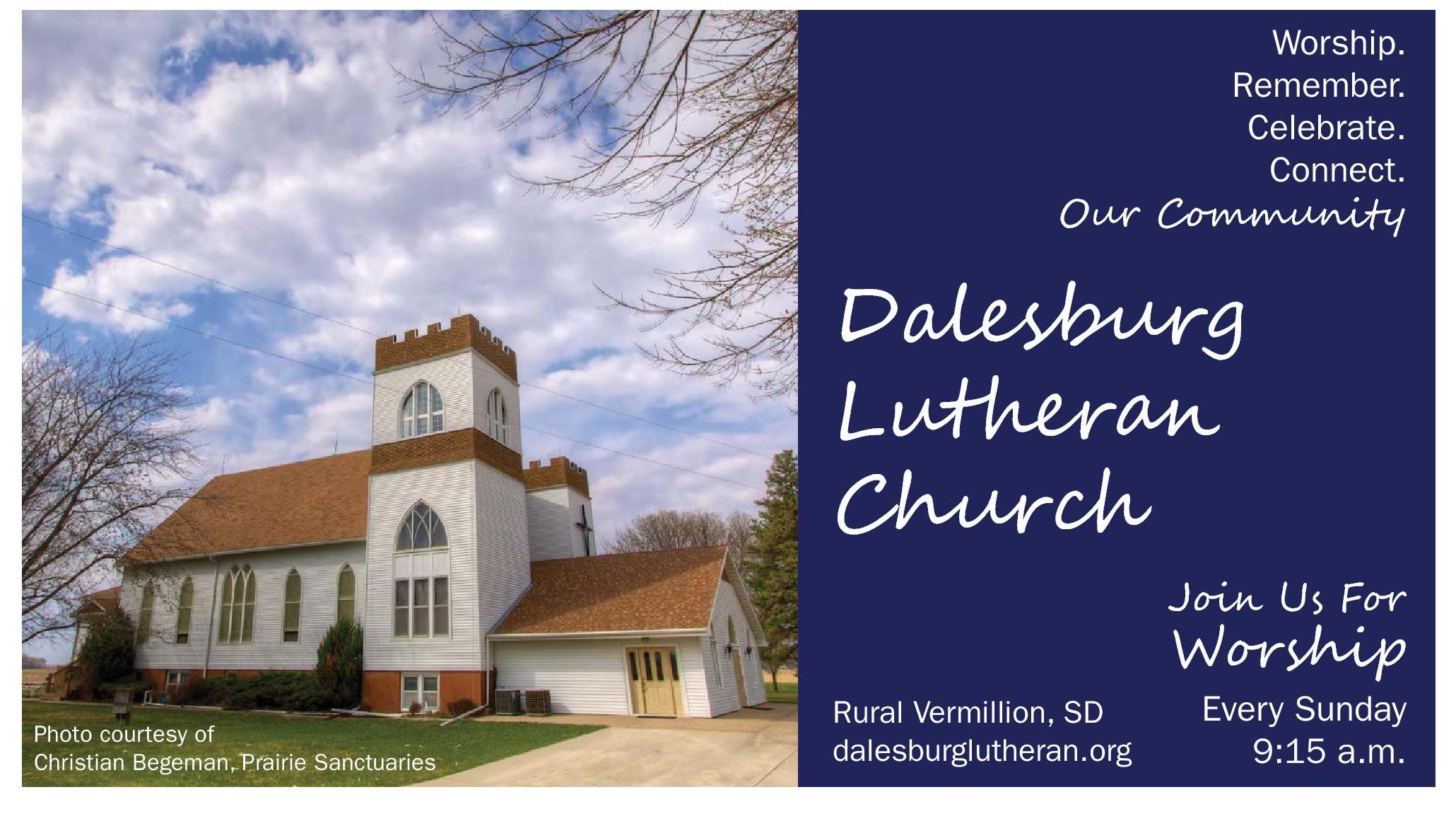



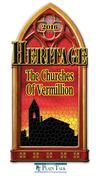
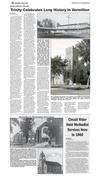
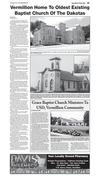
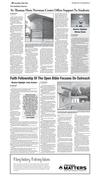




 Previous Page
Previous Page





